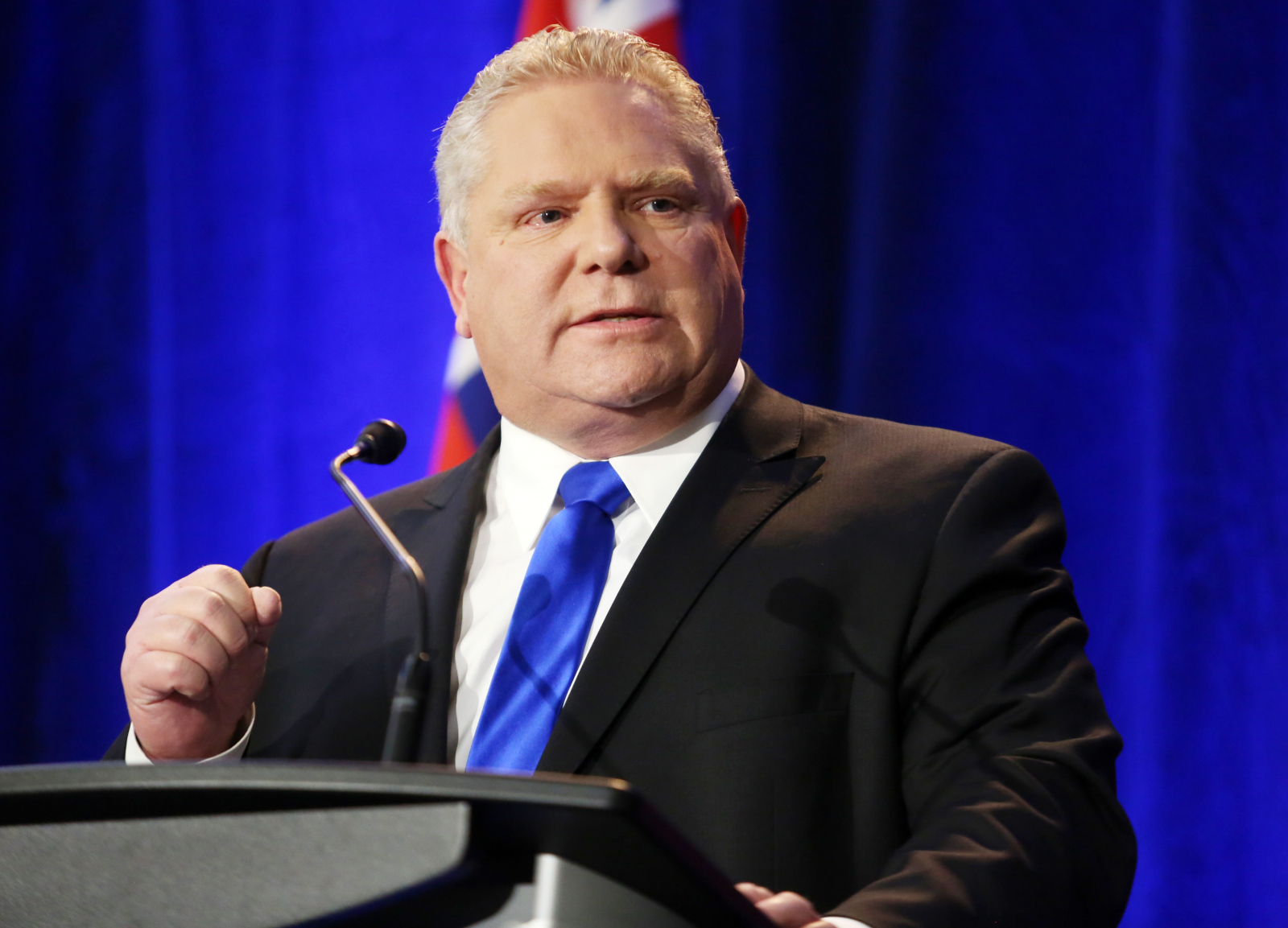Ontario budget's northern development plans could pit miners against First Nations
posted on
Apr 11, 2019 05:15PM

NI 43-101 Update (September 2012): 11.1 Mt @ 1.68% Ni, 0.87% Cu, 0.89 gpt Pt and 3.09 gpt Pd and 0.18 gpt Au (Proven & Probable Reserves) / 8.9 Mt @ 1.10% Ni, 1.14% Cu, 1.16 gpt Pt and 3.49 gpt Pd and 0.30 gpt Au (Inferred Resource)


Premier Doug Ford is pushing ahead with plans to develop Ontario’s northern region in the province’s 2019 budget, promising to cut “red tape and restrictions that are blocking important economic developments” in the Ring of Fire, a remote region with mining potential and logistical struggles.
Efforts to exploit mineral resources in the Ring of Fire region has been fraught with controversy and opposition, as First Nations communities assert jurisdiction over traditional territory and raise concerns about the use of land and risk of water contamination.
The move to open up development of the remote area comes as the government also seeks to slash the budget for Indigenous Affairs — which promotes collaboration and coordination in policy and programs across ministries in partnership with First Nations, Métis and Inuit communities — to $74.4 million, compared to $128 million in 2016-17.
Seven pages of Ford’s first budget laid out extensive plans to “unleash the potential of Ontario’s forest industry” in the north of the province, but lacked any significant details as to the economic and environmental costs of the projects.
Ontario’s northern communities face unique economic and demographic challenges to growth, including a lack of economic diversification, aging populations and migration out of the region, and gaps in infrastructure including a lack of all‐season roads and electrical transmission projects.
The Webequie and Marten Falls First Nations have each began studies of the environment impact of the potential provision of a year-round access roads in the Ring of Fire region.
The government said that mineral exploration and forestry development can provide jobs and other benefits to Indigenous communities via revenue sharing opportunities, such as deals recently signed with the Grand Council Treaty #3, the Wabun Tribal Council and the Mushkegowuk Council.
The government said it would work with “willing partners to ensure sustainable development in the North,” where the government says 354,000 people were employed last year.
Ford is also pushing ahead with a “modernizing” review of Ontario’s environmental assessment rules, which the budget says are restricting business and slowing down “virtually all public sector projects regardless of environmental impact."
In order to enable more mineral development, the government plans to repeal the Far North Act after completing consultations and amend the Public Lands Act. Any changes to that legislation would not affect existing approved community-based land use plans and would enable completion of community plans that are already at an advanced stage for a time‐limited period.
It will also form a working group consisting of the minister of energy, northern development and mines, prospectors, exploration and mining companies, and Indigenous business organizations to “ensure future growth, competitiveness and prosperity."
The Ministry of Energy’s budget has ballooned to $4.2 billion in 2017-18, up from $1.73 billion in 2016-17, largely due to an accounting change that moves the former Wynne government’s electricity relief programs (also known as its “Fair Hydro Plan”) onto the books as per a demand from the auditor general.
The forecasted budget for the next fiscal year is $5.19 billion.
The budget also mentions the Ford government’s desire for “a modern, sustainable transportation system” in the North but, aside from a proposed highway expansion between the Manitoba border and Kenora, Ont., details were absent.
A proposal to expand and increase access to the Northern Ontario Internship Program by easing requirement restrictions and allowing people without post-secondary education to apply was also tabled.